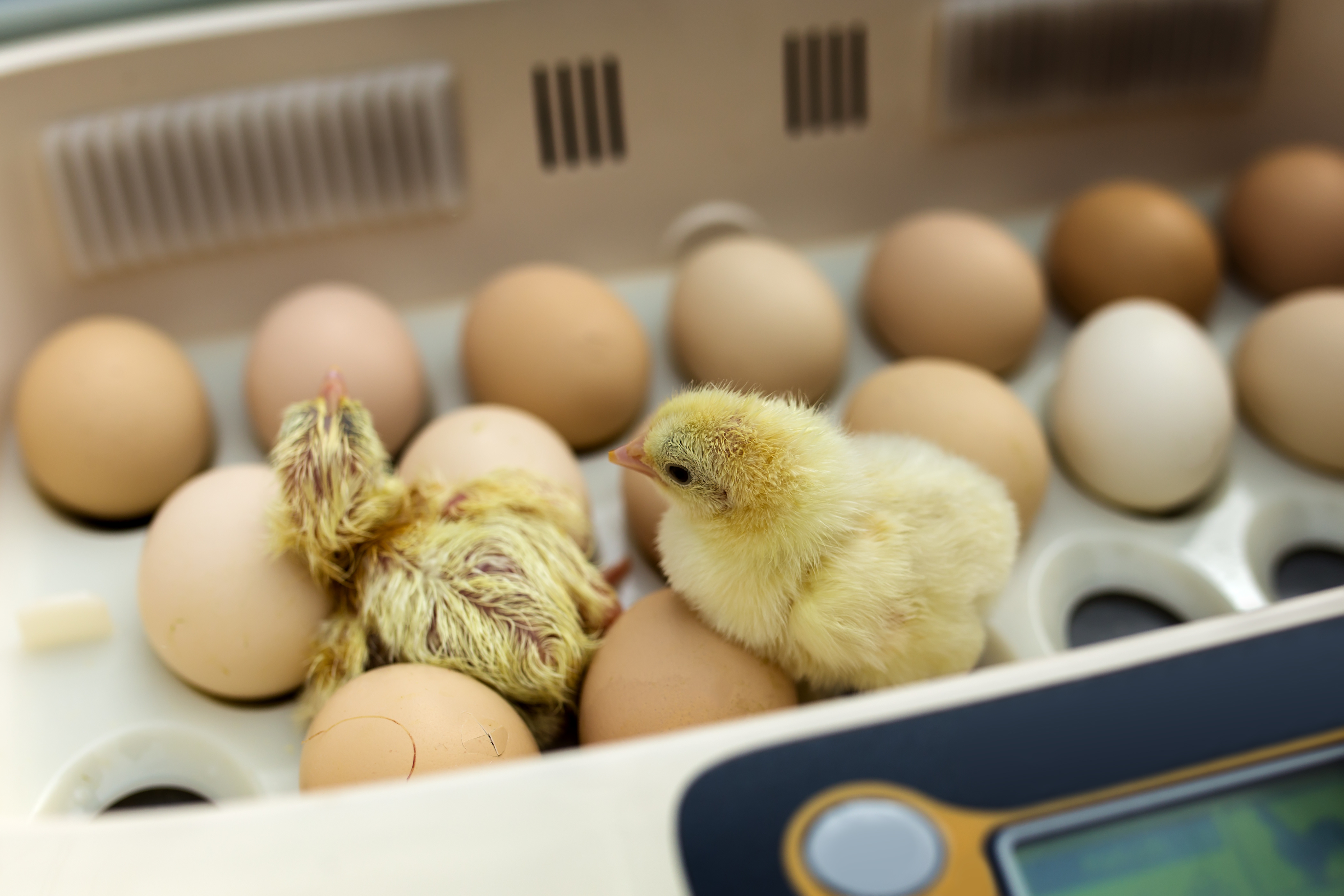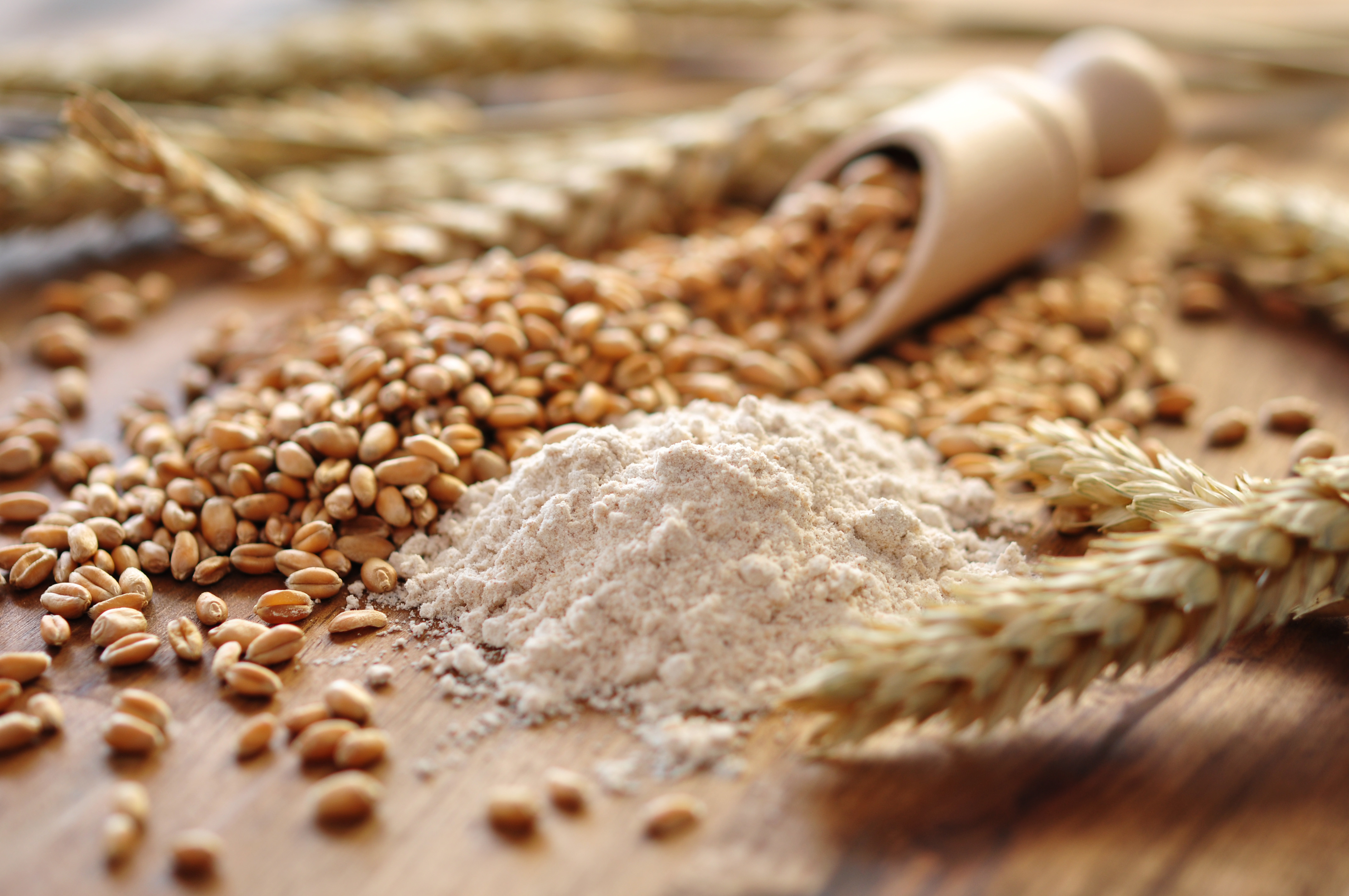



Why the first week’s feed can make or break broiler performance
With pressures on the industry to reduce antibiotic usage increasing, there is a greater focus on finding new ways to maximise birds’ health and wellbeing from the earliest stages.This has led the nutritional team at ABN to examine the role that environment and nutrition can play in broiler performance.
We spoke to Brian Kenyon, senior nutrition manager at ABN, to understand the crucial role that the chick’s first seven days on farm plays in determining its performance.
Challenges facing the chick in the first seven days on farm
In those first crucial seven days on farm, chicks face challenges in three key areas: aerial breathing, thermoregulation and feed transition. Switching to aerial breathing and starting effective thermoregulation depends on good house management. Ensuring correct temperature control and good ventilation will heighten the chances of an efficient transition.
The third challenge is feed transition. During incubation and the period immediately after hatching, the chicks feed originates mainly from the yolk; energy, therefore, is predominately in lipid form. On placement in the poultry house the chicks are presented with a starter crumb, which is mainly a carbohydrate and protein feed. Integral to this transition is good house management of feed supply, ease of access for the chick and good feed design.
Achieving genetic potential
Broiler chickens have the genetic potential for significant weight gain over a very short period of time. Weighing just 42g at hatch, broilers can achieve a weight of 2,800g within the next 42 days, which is an average daily growth rate of 66g. This growth rate is particular significant within the first seven days, as the bird has the potential to increase its bodyweight by 450 percent from day zero to day seven.
Along with weight gain, the modern broiler also has the potential for significant carcass conformation, particularly breast-muscle development. Breast-muscle yield depends on the number of muscle cells, and this number tends to be fixed within the chick’s first few days post hatch.
In order to achieve this proliferation, early nutrition in these first few days should not be underestimated, as it hugely determines the expression of the genetic potential of the chick. As well as this, environmental factors such as temperature and light should be carefully monitored, to ensure the maximum breast-muscle and weight gains are achieved.

Intestinal growth and development
In very simple terms the chick’s organs can be split into two categories: supply tissues and demand tissues – supply tissues being the respiratory and cardiovascular systems, as well as the intestines, while demand tissues include the skeleton, muscles and adipose tissue (or fat).
It has been proposed that a hierarchy exists between these two groups of tissues, based on the idea that the available nutrients ingested are channelled to meet the needs of the supply tissue before the demand tissue.
Evidence for this comes from the fact that immediately after hatching, a chick’s development sees a disproportional growth of the intestines compared to the body in general. During this phase, the intestines rapidly proliferate the number of villi and develop their functional properties.
The rate of intestinal growth and development can be influenced by the time to first feed and microbial interaction. Feed intake stimulates gut growth and increases the rate of residual yolk-sac utilisation
Chicks fed antibiotics have smaller intestines than conventional or non-antibiotic-fed chicks, but they have greater bodyweight. While studies have found that with smaller intestines, there is little or no recordable difference in feed-passage rate, the digestibility of starch or absorption of glucose, conventional chicks have been shown to have increased protein synthesis in the intestines and liver – indicators that microbial presence stimulates, or increases, gut growth and development.
The intestinal mucus layer is the interface between intestinal bacteria and the intestines. This mucus layer is a mixture of electrolytes, enzymes, sloughed cells and glycoproteins called mucins. A key property of this mucus layer is to protect cells lining the villus from mechanical, enzymatic and chemical challenges. Producing these mucins requires both energy and proteins and their biosynthesis and secretion is influenced by bacteria binding to the intestinal wall, bacterial metabolites and supplemented probiotics.

Feed design
With nutrition being such a principal factor in a broiler chick’s first seven days’ performance, the design and form of the feed is very important. There are a multitude of considerations when designing the feed, such as the availability and quality of feed ingredients, the heat treatment and physical form of the feed and the inclusion of specific feed additives.
Availability and quality
When it comes to quality of feed, there needs to be the right balance of dietary nutrients, to meet the demands of both the supply and demand organs of the growing chick.
For a manufacturer of compound feed there are two main elements that need to be considered when selecting raw materials to include as components: availability and quality.
In terms of availability, it is important to ensure that there is a plentiful supply of the raw materials chosen. There shouldn’t be a risk of not having enough and having to frequently change inclusion levels and swap in alternative raw materials, changing the feed mix. Such changes have the potential to disrupt the bird’s gut development, particularly its gut microbiome balance.
We also have to take into consideration the legislation surrounding the available raw materials and customer preference around certain feed ingredients.
In terms of quality, the variability around the material and how it may impact the finished feed nutrient levels also have to be assessed.
The hygiene of the raw material is of huge importance too, in order to ensure there is no salmonella contamination risks. Mycotoxins – the secondary metabolites of moulds – are also of great concern. Even at low levels, they can have toxic and damaging effects on the broiler’s intestines and the bird’s general performance.
Plant-originating raw materials contain products that can disrupt digestion and damage the intestines. These anti-nutritional factors can affect the decision to include certain raw materials in a feed mix. In some situations, feed enzymes such as xylanases and phytases can be added in order to counter these effects. Alternatively, further processing methods, such as heat treatment for raw materials, can take place in order to lessen the potential anti-nutritional impacts.
Heat treatment applied to the feed can hugely improve its digestibility, as well as reducing the potential bacteria population. On top of this, the physical form of the feed is hugely important to encourage its intake by the chick. Feeds should be designed to be a good-quality, durable crumb, with minimal dust. These characteristics can be affected by the raw materials available, particularly when it comes to fats.

Feed additives
It’s no secret that feed additives are commonplace in modern broiler diets. However good they are at optimising a chick’s nutrition, they are fraught with complexities which should be carefully considered when developing feed for early broilers.
Most conventional diets will include feed enzymes for various reasons and the inclusion of a xylanases and or a phytases to counter the anti-nutritional properties of some of the raw materials is a standard approach.
However, any additions must be conducted carefully, as the reduction in anti-nutritional factors often yields additional energy from the raw materials which in turn can potentially reduce the amount of added fat in the diet, which consequently can affect the physical form of the feed, reducing the crumb quality.
With pressures on the industry to reduce antibiotic usage, there is a growing popularity of probiotic inclusion in feed. However, this also requires some careful consideration as their inclusion can increase demand for energy and protein by supply-tissue organs. Therefore, the feed should be designed to balance this extra demand with additional nutrients, which could be in the form of a prebiotics.
The challenge often faced by most feed producers is finding sufficient space in the diet to include prebiotics, but at a cost that is acceptable to the customer.
Organic acids are another important group of feed additives; they are routinely included to complement heat treatment and help maintain feed hygiene. They can also have a tertiary benefit, especially in the case of butyrate. Butyrate is a direct energy source for the intestinal cells and the inclusion of the right protected product in the diet can improve gut structure and function
It is important that some type of anticoccidial product is included in a chick’s starter feed to help protect the developing gut.
It is clear that the first seven days for a chick on-farm are crucial for determining their continued development. By focusing on the areas discussed in this article, broiler farmers can ensure they are doing everything possible to maximise bird performance. For more information or advice on feed and nutrition, speak to the ABN team to see how it can work on your farm.









